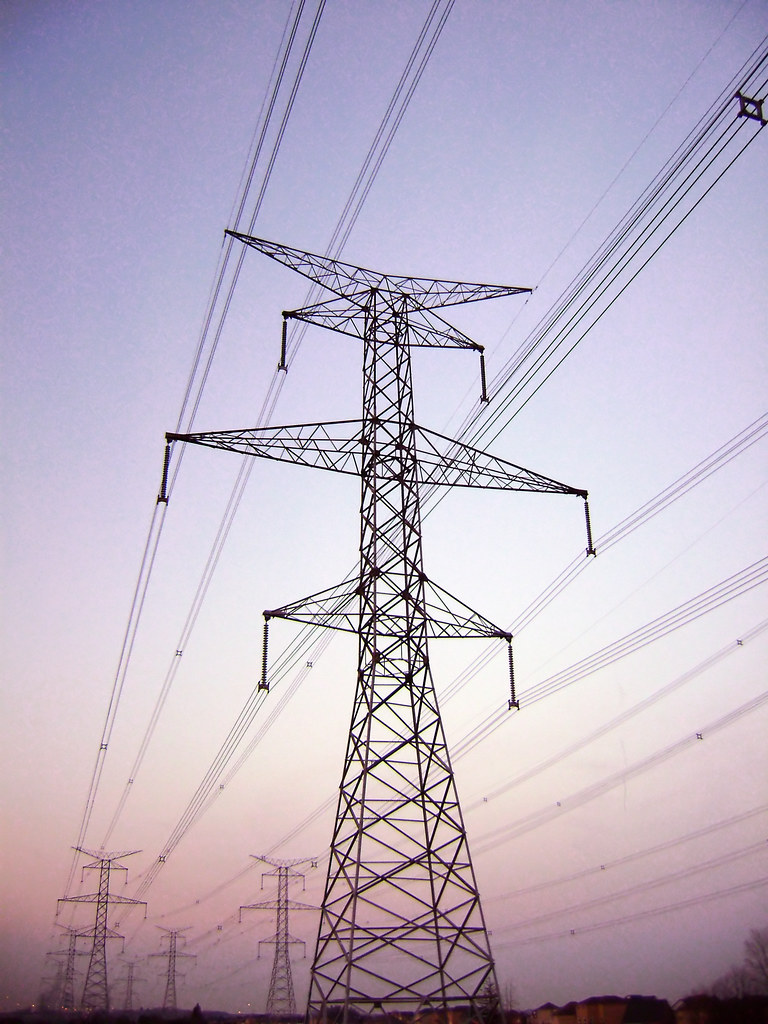
Photo credit justmakeit
The IBM Global Eco Efficiency Jam kicks off this afternoon (January 27th) at 9am EST (14:00 GMT, 15:00 here in CEST) and continues right on through until Friday afternoon.
According to the IBM site the Jam is
a web-based event which will provide an unrivalled opportunity for thousands of public and private sector sustainability leaders, from medium to large organizations around the world, to pool their knowledge and experiences through a series of focused discussions and exchanges of best practices with each other, with practitioners and influencers and with acknowledged subject matter experts.
The objective of this jam is to enable senior representatives from organizations of all sizes to cooperatively determine the best actions that can be taken to meet our goals for a sustainable future for our organizations, our customers, our suppliers, our stakeholders and society at large
There are almost 1000 companies from 45 countries around the world (ranging from Argentia to Brazil to Finland to Hungary to India to Malaysia to Peru to Slovakia to UK to USA to Vietnam) signed up to participate. Typically in IBM Jams several reps from each company participate. The types of roles who have signed up for this Jam include: CIO, Chief Sustainability Officer, COO, Facilities Manager, CFO, Manufacturing Operations, Environmental Affairs, Fleet Manager, Real estate and site operations, IT manager, data center manager, and city planner.
More than 250 subject matter experts from IBM, Green Sigma Coalition partners, industry analysts, energy & environment experts, and leading edge companies are taking part. Some of the non-IBM experts who have signed up to share their expertise are:
- Dian M. Grueneich, Commissioner of the California Public Utilities Commission
- Joel Makower, Chairman/Executive Editor, Greener World Media, Inc.; Senior Strategist, GreenOrder; and Co-founder and Principal, Clean Edge, Inc.
- Dan Esty, author of Green to Gold
- James Watson, Managing Editor, Industry and Management Research, Economist Intelligence Unit
- Clay Nesler, Vice President, Global Energy and Sustainability, Johnson Controls
- Andreas Schiernbeck, President & CEO, Building Automation, Siemens AG
- Patricia Calkins, Vice President, Environment, Health and Safety, Xerox Corporation
- Amit Chatterjee, CEO, Hara
- Chris Lloyd, Executive Director, Public Policy and Strategic Alliances, Verizon
- Jim Sinopoli, Managing Principle, Smart Buildings
- Kamal Meattle, ?Fresh Air? activist and CEO, Paharpur Business Centre & Software Technology Incubator Park, New Delhi, India
- Dr. Terry Yosie, President & CEO, World Environment Center
- Carl Gaurdino, President and CEO, Silicon Valley Leadership Group
- Carol Baroudi, Green & Sustainability Research Director, Aberdeen Group, and author of Green IT for Dummies
- Andrew Winston, founder of Winston Eco-Strategies and co-author of Green to Gold
- Tom Raftery, analyst and blogger, GreenMonk/RedMonk
- Chris Mines, Senior Vice President, Research Director, Forrester
- Simon Mingay, Research VP, Gartner
- Vernon Turner, Senior Vice President, Enterprise Computing Research, IDC
To learn more about the Eco Jam check out the Eco Jam page on the IBM website or request an invite by sending an email to: [email protected].
I wonder how this will affect the number of people tuning into Apple’s big announcement later on today, not to mention President Obama’s State of the Union 2.0 address!

